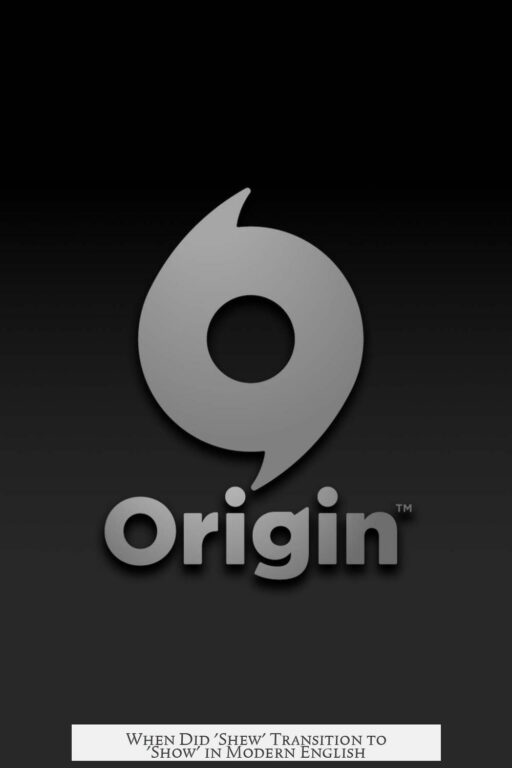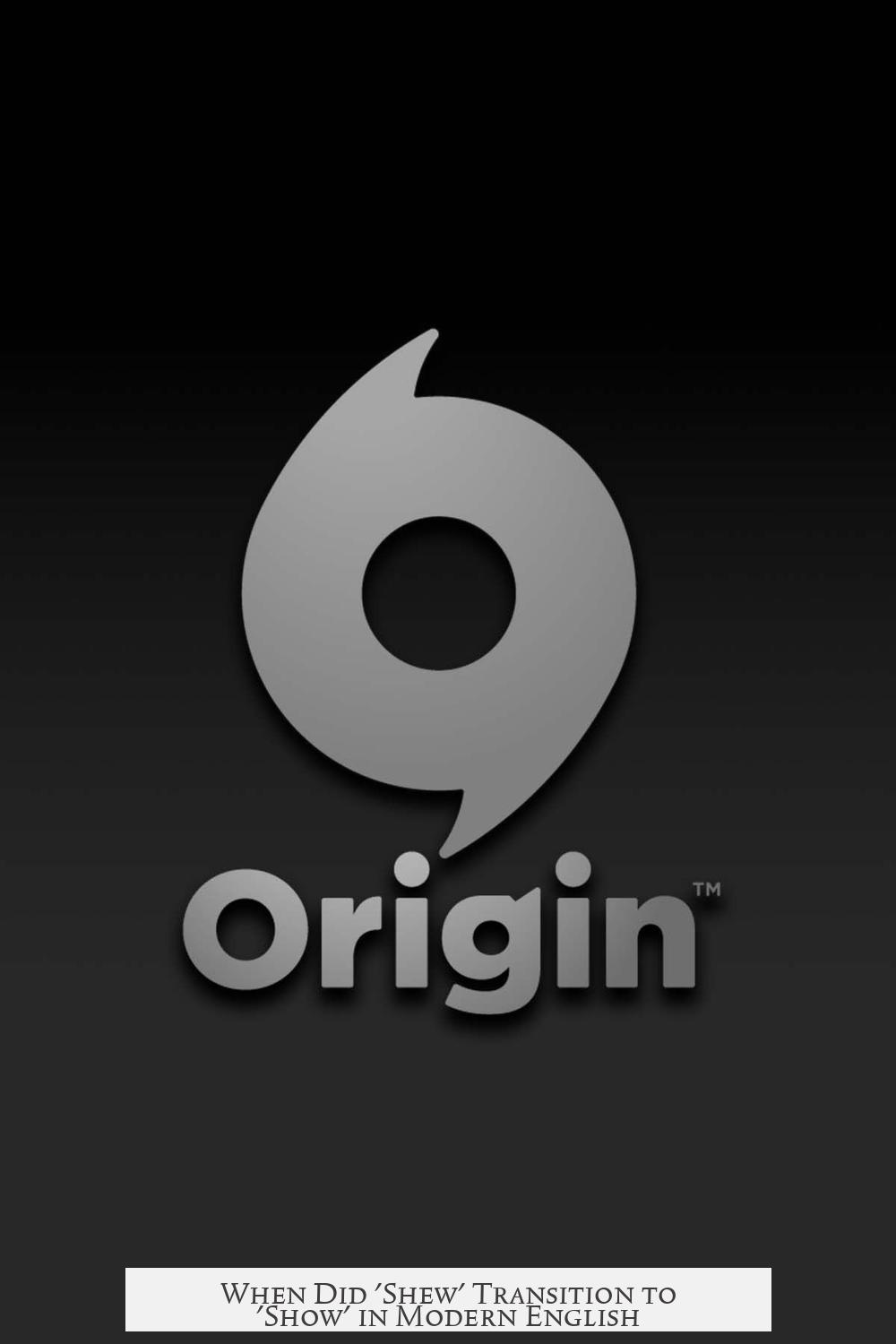The replacement of “shew” by “show” occurred gradually from the 18th century and extended well into the early 20th century, with “shew” remaining in use in specific contexts and styles until at least the 1920s.
The spelling “shew” is an archaic form of the modern English verb “show.” It was once common in Early Modern English and appears in works such as Shakespeare’s plays. For example, in Troilus and Cressida, the line reads:
Come, come, thou boy-queller, shew thy face
demonstrating the usage during that era.
During the 18th century, “shew” remained popular and was widely used in writing. However, this spelling represented an obsolete pronunciation that was gradually being replaced. By the early 19th century, “show” began to gain preference, reflecting changes in pronunciation and spelling conventions over time.
Despite this trend, “shew” did not disappear abruptly. It continued to be used in printed works well into the 20th century. For instance, several books published in the 1920s feature the spelling:
- The Problem of Evil (1920) includes multiple uses, e.g., “to shew that the existence of sin…”
- The General Epistle of James (1921) uses phrases like “shew me thy faith” and “will shew thee my faith.”
- A 1922 contract law book mentions “admitted to shew which of the two he intended.”
At the same time, “show” was increasingly used alongside “shew”. For example, a 1918 publication by the US Census Bureau uses “shows” in contexts such as:
…the Mountain division shows the highest ratio…
This coexistence illustrates a transitional phase where both spellings were acceptable, with “shew” often carrying a more formal or old-fashioned tone. The choice depended on style preferences rather than linguistic correctness. Writers like H.P. Lovecraft deliberately used “shew” for stylistic effect, granting the language a traditional or grave air.
The shift from “shew” to “show” aligns with broader standardization trends in English spelling during the 18th and 19th centuries. Simplification and phonetic consistency favored “show” as the modern form. Today, “shew” is regarded as obsolete except in quotations or specific dialectal uses.
It is important to understand the meaning and grammatical distinctions of “show.” The past tense of “show” is uniformly “showed.” The past participle can be either “shown” or “showed,” with both forms acceptable in current usage.
| Form | Example |
|---|---|
| Present | They show the results. |
| Past Tense | She showed me the photos. |
| Past Participle | He has shown (or showed) his work. |
Additionally, regional dialects preserved “shew” longer. In East Anglian English, particularly Norfolk, “shew” or similar forms survive as dialectal variants of “showed.” This reflects the uneven pace of linguistic change across different English-speaking regions.
Pronunciation also evolved. Originally, “shew” might have been pronounced with a different vowel sound, which changed before the spelling standardized as “show.” Thus, encountering “shew” in older texts offers insight into historical pronunciation and spelling variations.
In biblical and religious texts, “shew” persisted due to its perceived clarity and definiteness. The King James Version of the Bible consistently used “shew” rather than “show,” as translators aimed for precision and tradition. This partly explains why “shew” remained visible longer in some contexts.
Overall, the transition from “shew” to “show” spans centuries, marked by changing pronunciation, spelling reforms, and stylistic choices. By the mid-20th century, “show” became the exclusive modern standard. “Shew” remains a literary, historical, or dialectal curiosity rather than part of everyday English.
- “Shew” originates from Early Modern English and was common through Shakespeare’s era.
- Usage peaked in the 18th century and began declining in the 19th century with the rise of “show.”
- “Shew” and “show” coexisted into the 20th century, especially in formal or stylistic writing.
- By the 1920s, “show” dominated general usage, but “shew” appeared in specific books and dialects.
- Modern English uses “show” exclusively, with “shew” considered archaic and obsolete.
- Past tense is “showed.” Past participle may be “shown” or “showed.”
- East Anglian dialects maintain “shew” as a variant form today.
- Pronunciation shifted before spelling standardized on “show.”
- “Shew” persists in biblical and historical quotations for clarity and tradition.




